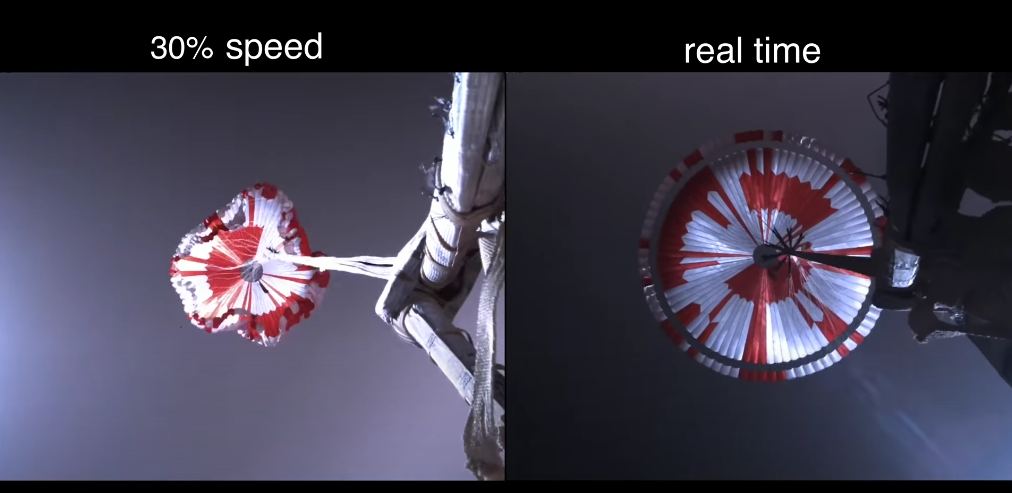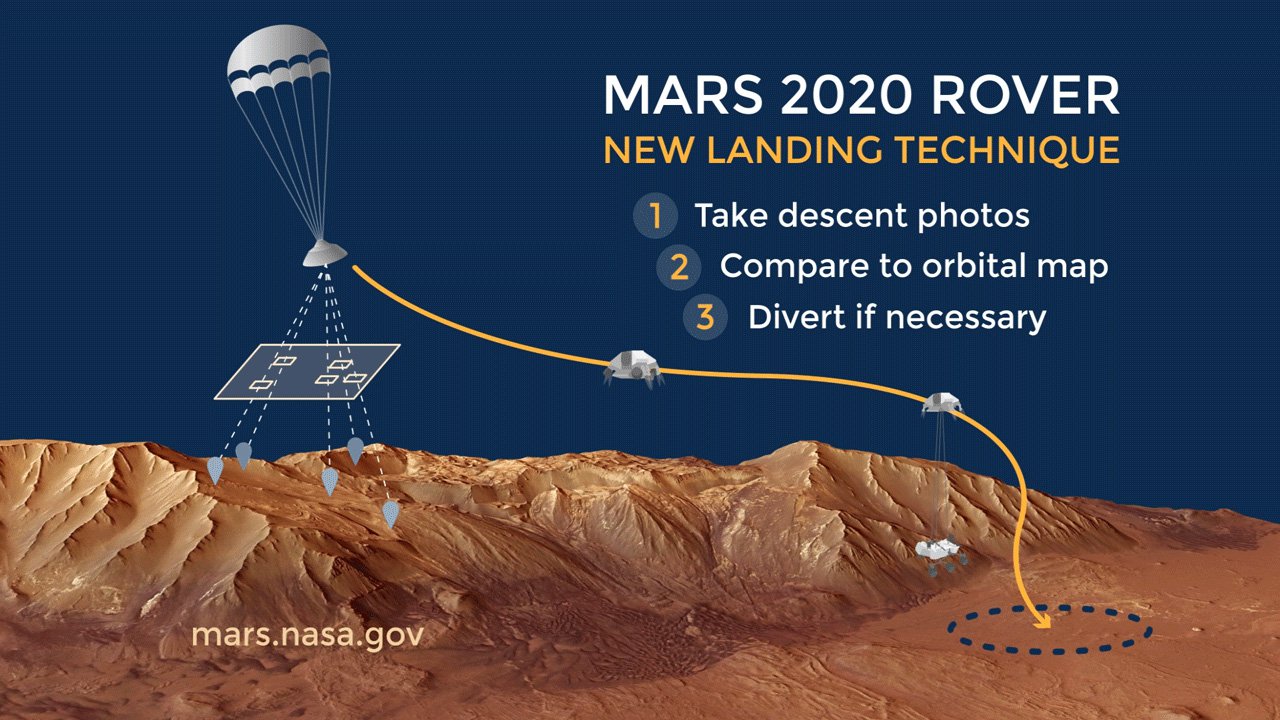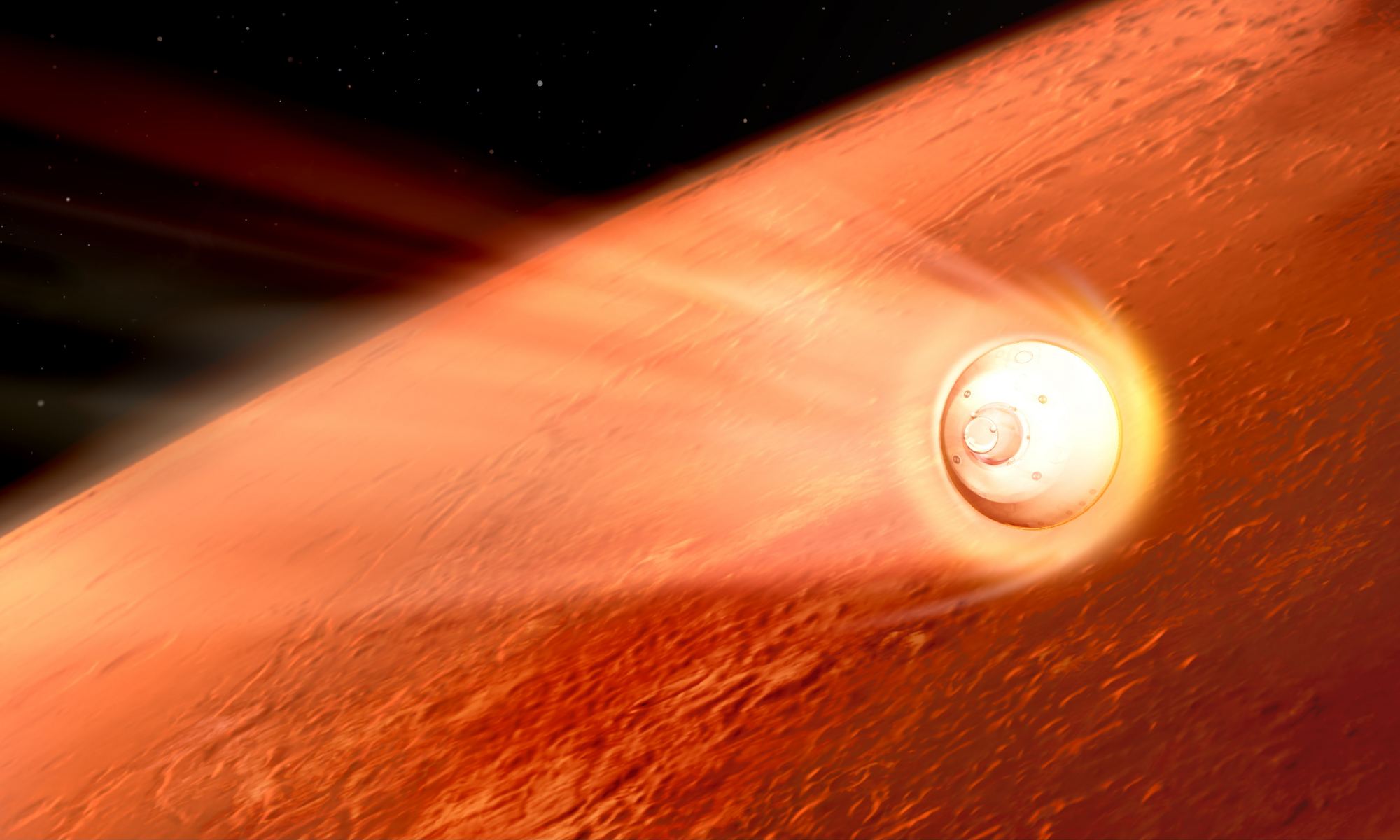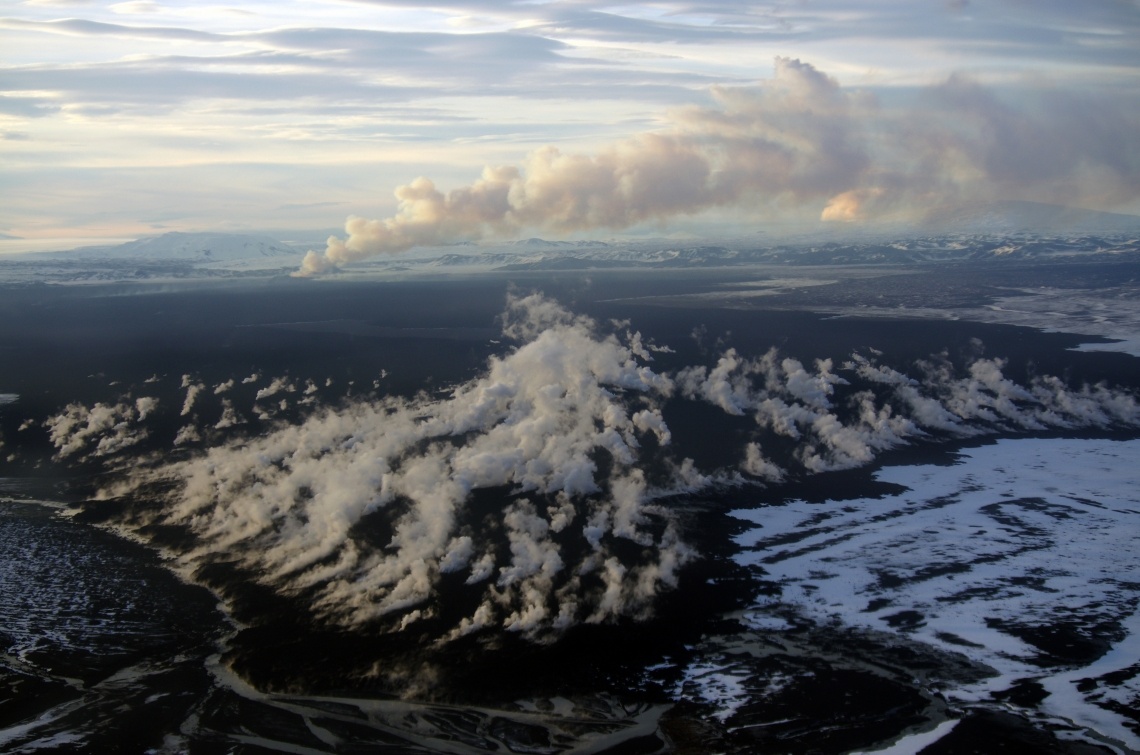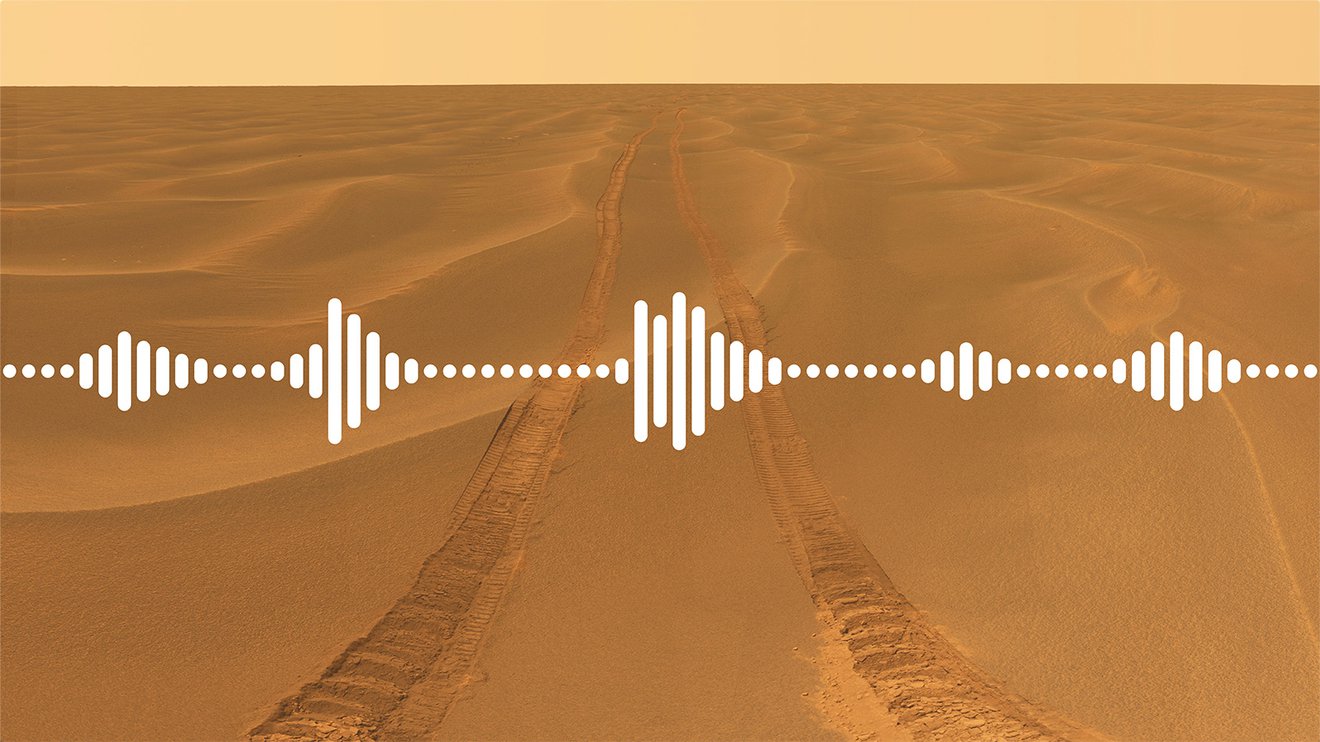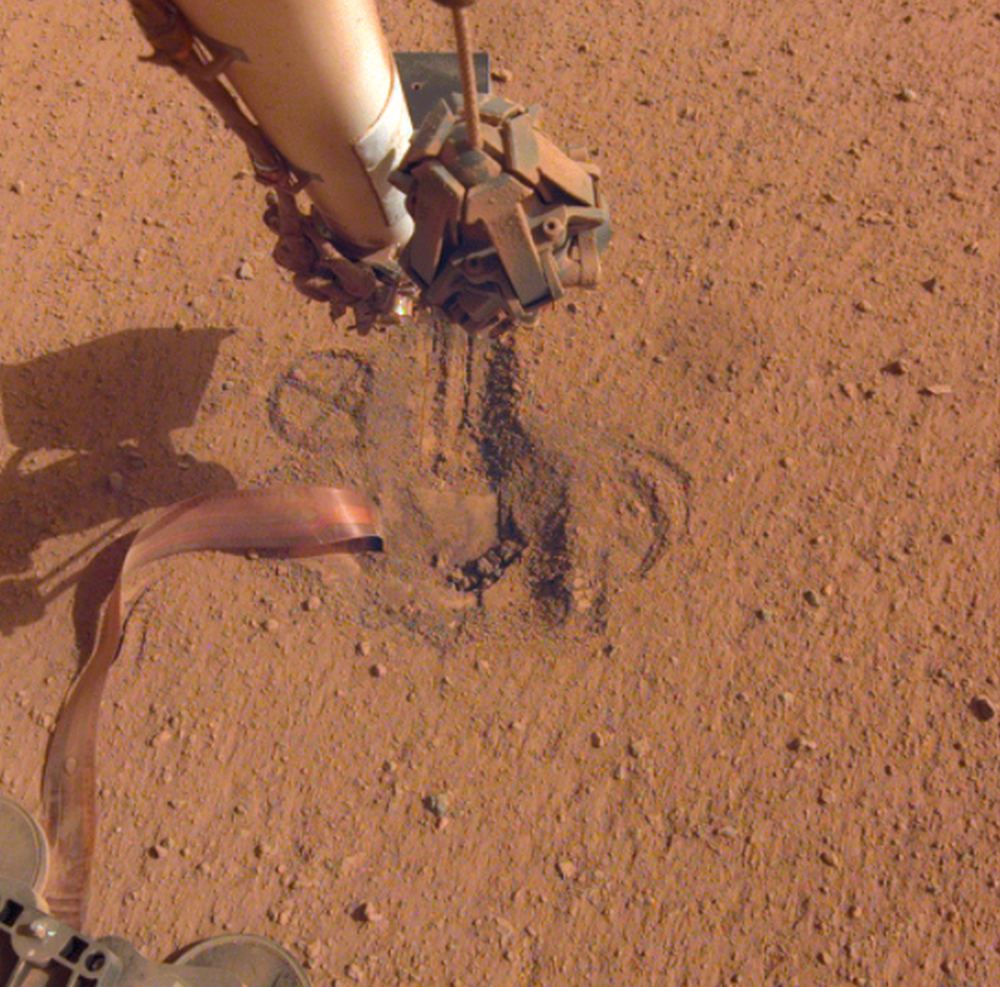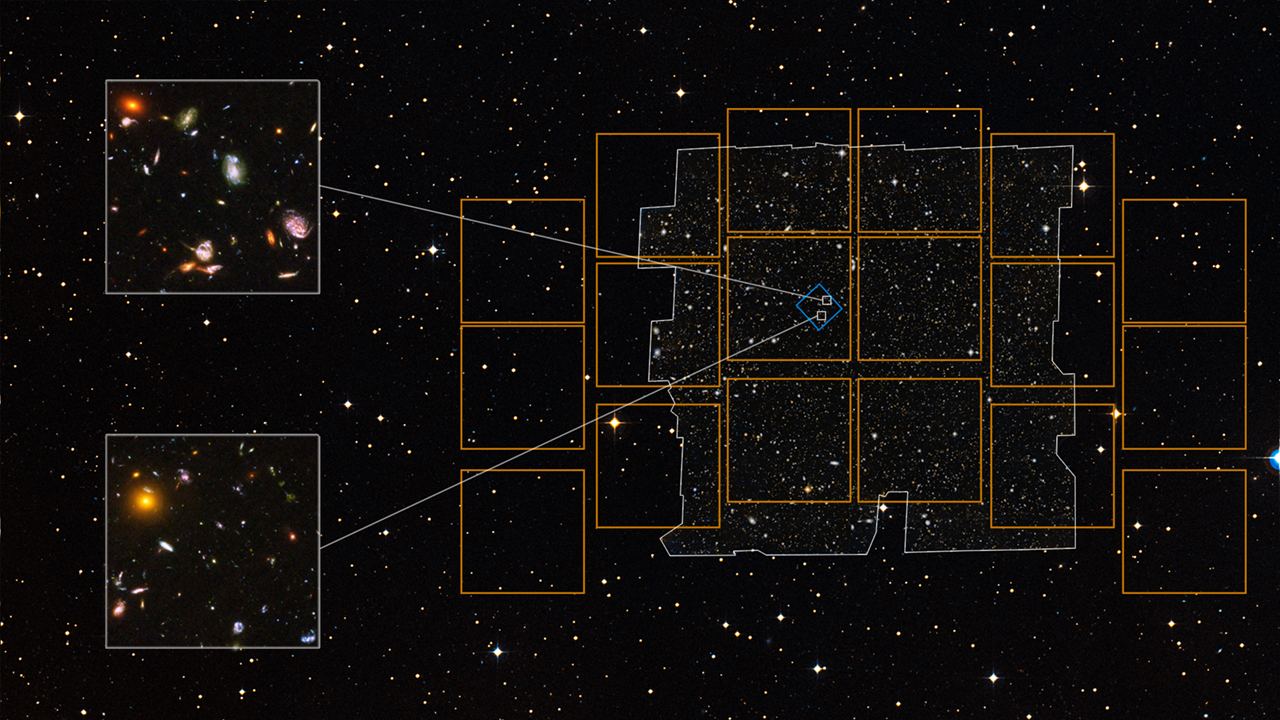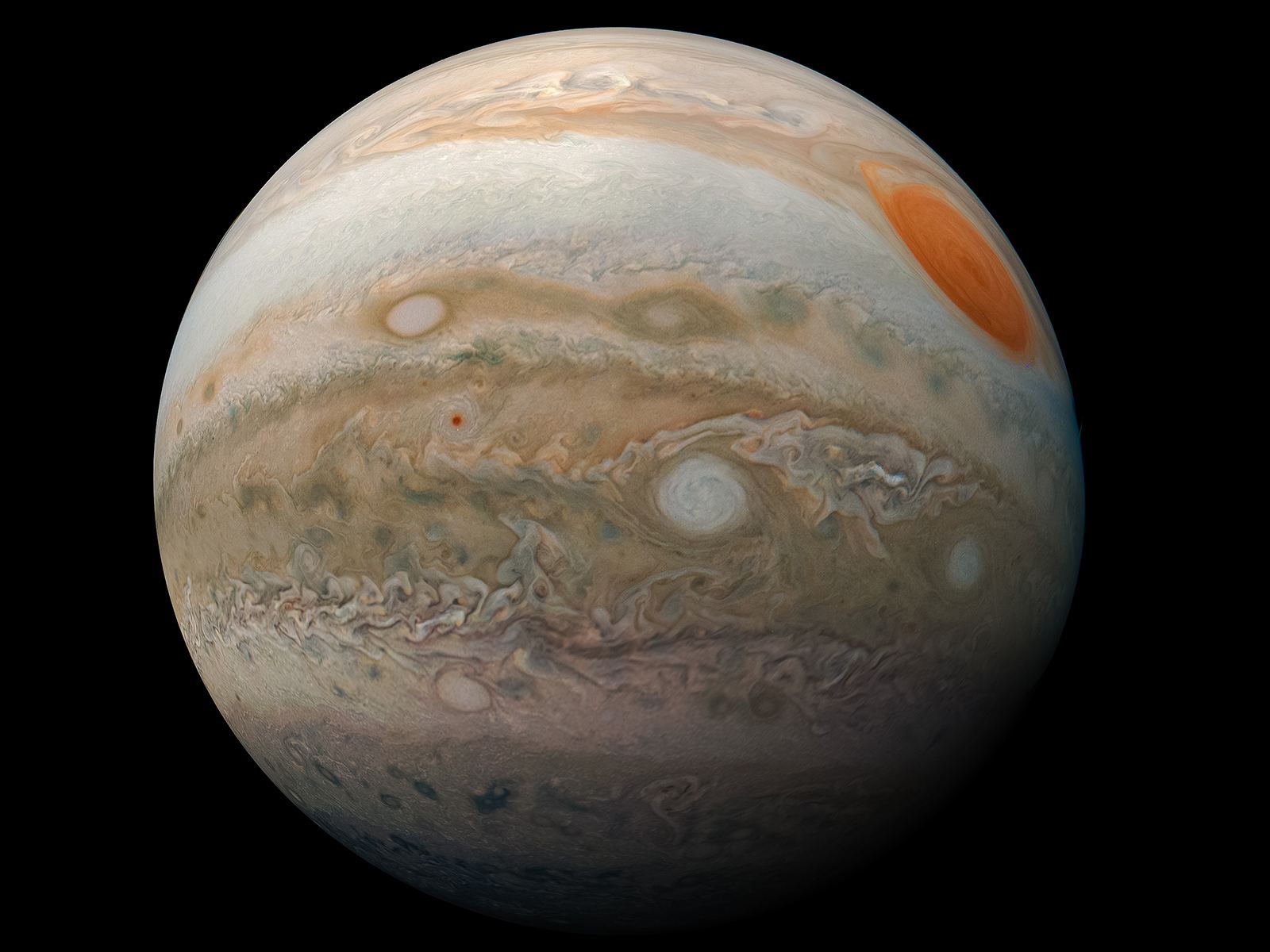Geologists love fieldwork. They love getting their specialized hammers and chisels into seams in the rock, exposing unweathered surfaces and teasing out the rock’s secrets. Mars would be the ultimate field trip for many of them, but sadly, that’s not possible.
Instead, we’ve sent the Perseverance rover on the field trip. But if a geologist were along for the ride, what would it look like to them?
Continue reading “What a Geologist Sees When They Look at Perseverance’s Landing Site”

